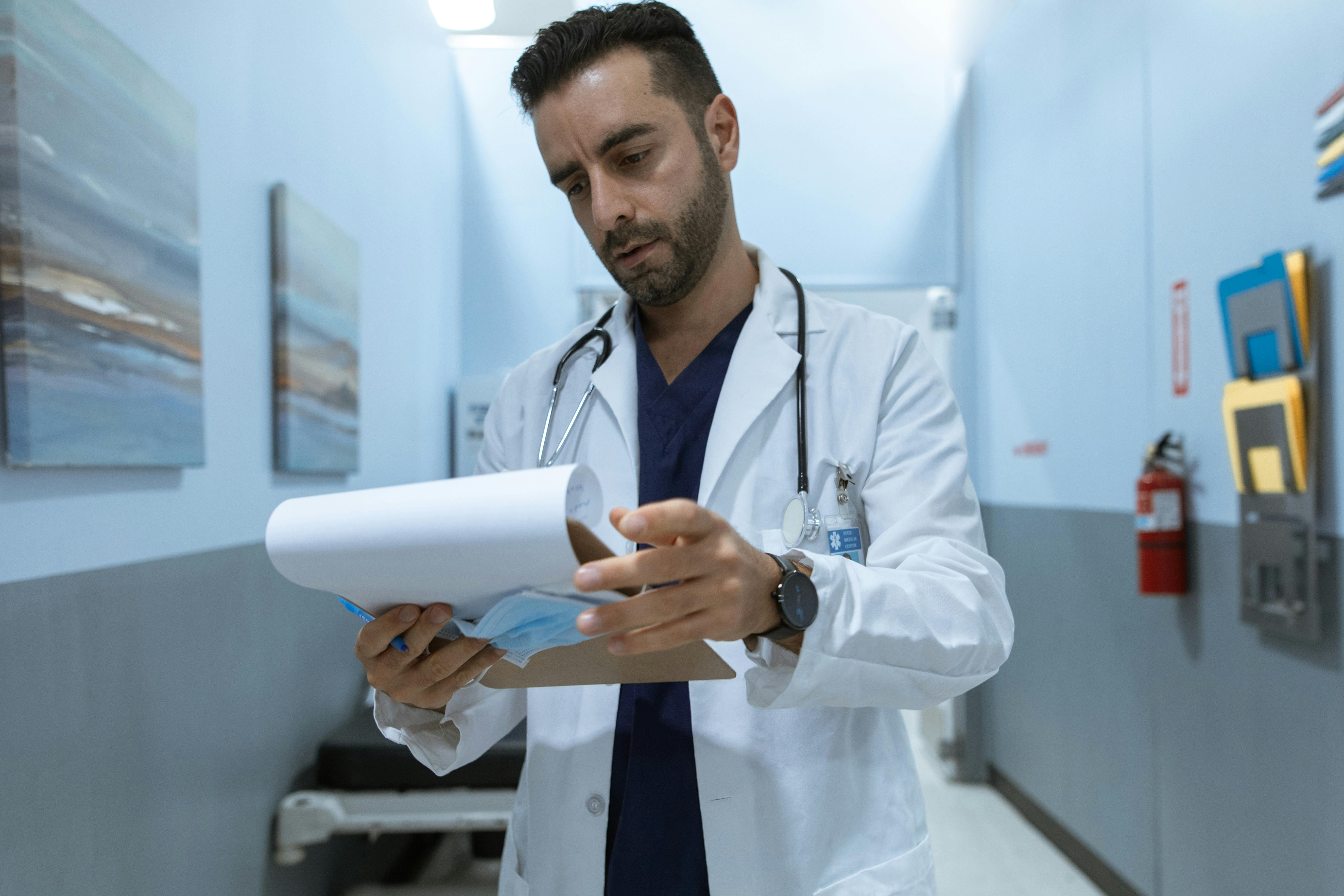3 Tips from Someone With Experience
 Improving Healthcare Security in Worcester, MA: A Guide for Medical Facilities
Improving Healthcare Security in Worcester, MA: A Guide for Medical Facilities
Worcester, MA, is home to many top-notch healthcare facilities, and it’s essential that these organizations prioritize the safety and security of their patients, staff, and sensitive data. In recent years, the healthcare industry has experienced a surge in cyberattacks and security breaches, highlighting the need for robust security measures. In this article, we’ll discuss the importance of healthcare security in Worcester, MA, and provide practical tips for medical facilities to enhance their security posture.
1 Picture Gallery: 3 Tips from Someone With Experience
The Importance of Healthcare Security
Healthcare organizations handle sensitive patient data, including medical records, personal information, and financial data. Cybercriminals often target healthcare facilities because of the wealth of sensitive information they possess. A successful cyberattack can lead to data breaches, financial losses, and damage to your facility’s reputation.
Moreover, healthcare security is not just about protecting data; it’s also critical to ensure the safety of patients and staff. Healthcare facilities must implement proper security measures to prevent physical harm, such as violence, and protect against natural disasters.
Best Practices for Improving Healthcare Security
1. Conduct Risk Assessments
The first step in improving healthcare security is to conduct a thorough risk assessment. This exercise helps identify potential vulnerabilities and weaknesses in your facility’s security posture. Engage a professional security expert to assess your facility’s physical and cybersecurity infrastructure. The assessment should cover areas such as:
a. Access control: Ensure that access to sensitive areas is restricted to authorized personnel. Implement two-factor authentication, biometric scanning, or smart card technology to prevent unauthorized access.
b. Data encryption: Protect patient data and sensitive information by encrypting all stored data, both in transit and at rest. Implement end-to-end encryption for all data transmissions.
c. Network security: Implement firewalls, intrusion detection, and prevention systems to protect your network from external threats. Segment your network into secure zones to limit the damage in case of a breach.
d. Physical security: Implement security cameras, motion detectors, and alarm systems to protect against physical intrusions. Ensure that all entry points are secure, and access is restricted to authorized personnel.
2. Train Your Staff
Your staff is your first line of defense against security breaches. Provide regular training on security best practices, such as:
a. Password management: Educate staff on the importance of strong passwords and password management. Implement password policies that include requirements for password length, complexity, and frequency of change.
b. Social engineering: Train staff to recognize social engineering tactics, such as phishing emails, pretexting, and baiting.
c. Data privacy: Educate staff on the importance of data privacy and the consequences of a data breach.
d. Emergency response: Develop an emergency response plan that outlines procedures for responding to security incidents, natural disasters, and other emergencies.
3. Implement Strong Access Control Measures
Access control is critical to healthcare security. Implement the following measures to restrict unauthorized access to sensitive areas:
a. Use smart cards or biometric scanning: Implement smart card technology or biometric scanning to restrict access to sensitive areas.
b. Implement two-factor authentication: Require two forms of identification, such as a password and a smart card, to access sensitive areas.
c. Limit access to sensitive areas: Limit access to sensitive areas, such as patient records, to authorized personnel only.
4. Monitor and Audit Your Systems
Regularly monitor and audit your systems to identify potential security breaches. Implement a logging system that tracks all access to sensitive data and systems. Regularly review logs to detect and respond to potential security incidents.
5. Collaborate with Local Law Enforcement
Collaborate with local law enforcement to improve your facility’s security posture. Engage with local authorities to share intelligence on potential threats and vulnerabilities. Collaborate with law enforcement to develop an emergency response plan that addresses active shooter situations, natural disasters, and other emergencies.
Conclusion
Healthcare security in Worcester, MA, is critical to protecting patient data, staff, and sensitive information. By conducting regular risk assessments, training your staff, implementing strong access control measures, monitoring and auditing your systems, and collaborating with local law enforcement, you can enhance your facility’s security posture and protect against potential threats. Remember, healthcare security is an ongoing process that requires constant vigilance and upgrades to stay ahead of emerging threats.
The Best Advice About I’ve Ever Written
This post topic: Technology


